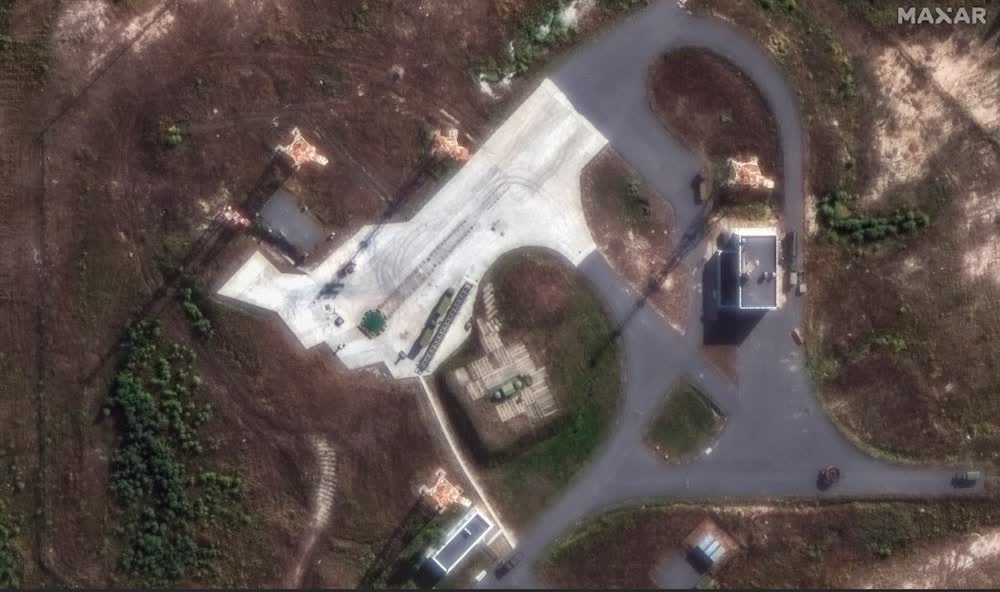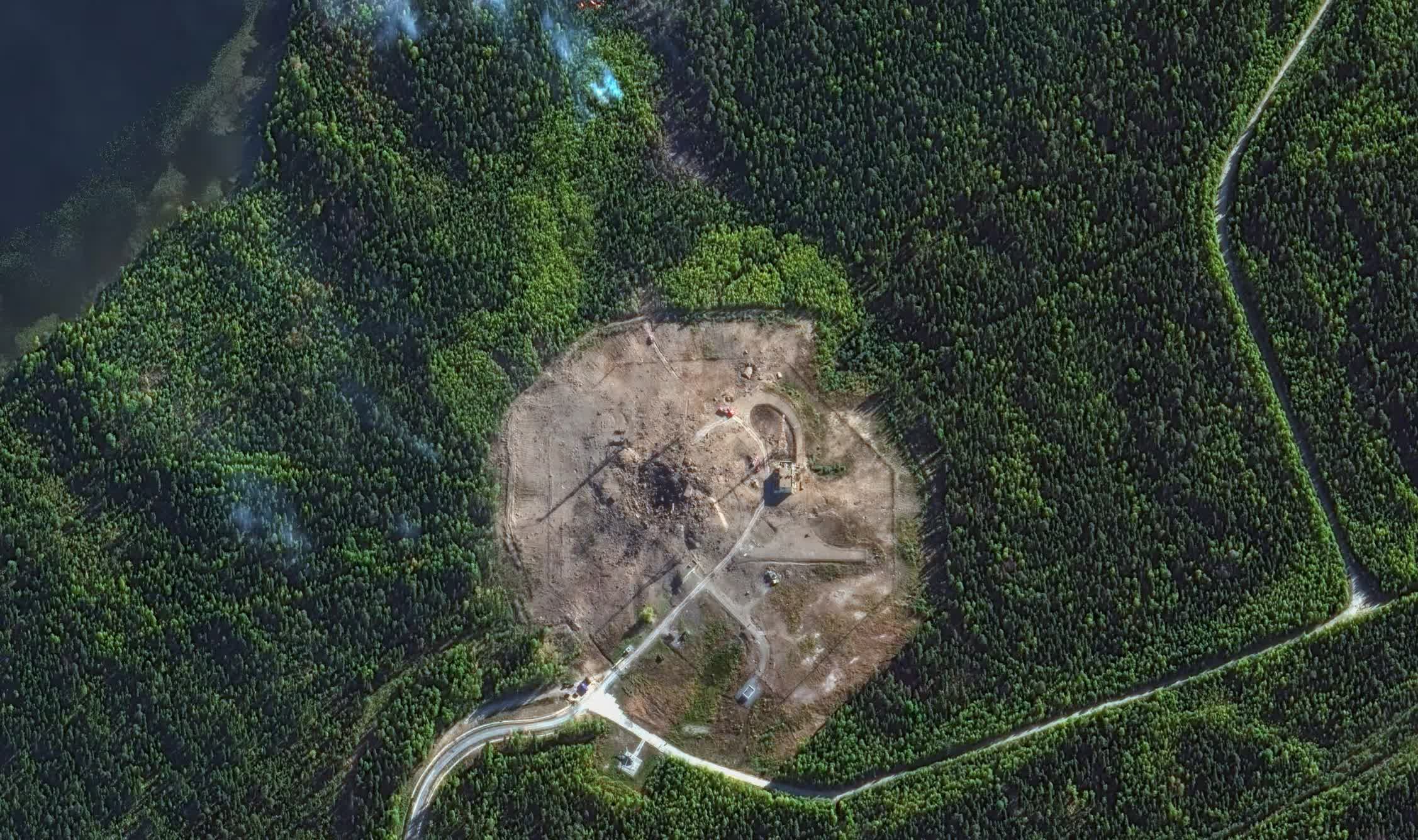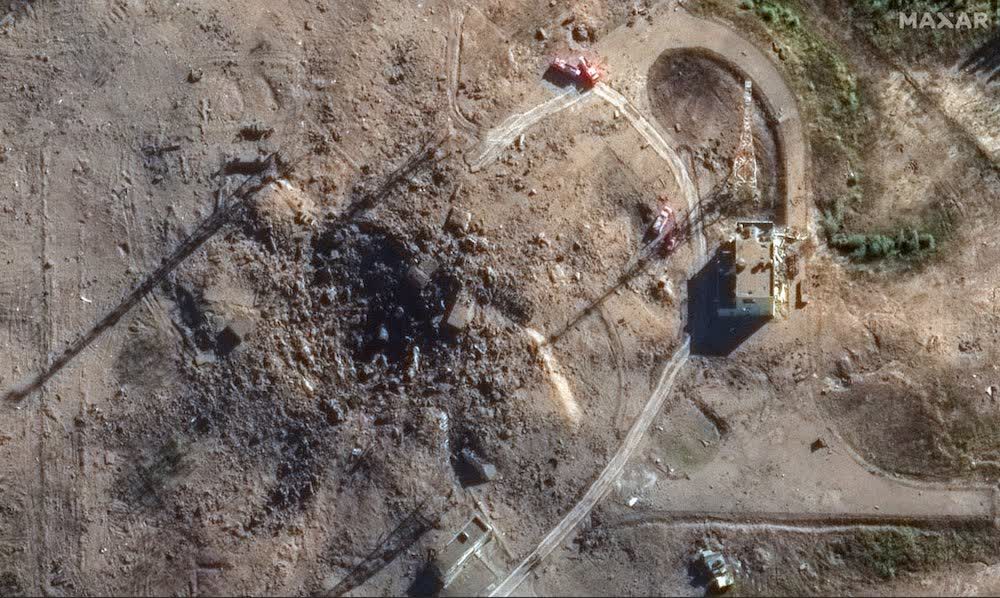What just happened? Russia’s Sarmat intercontinental ballistic missile (ICBM), designed to carry nuclear warheads to targets thousands of miles away, seems to have exploded during a test flight. Satellite images of the launch site reveal a 200-foot-wide crater that wasn’t there earlier this month, indicating that the missile exploded just before or during the launch.
Russia had previously claimed that the RS-28 Sarmat ICBM, also known as Satan-2, was placed on “combat alert,” but this latest incident is the fourth unsuccessful test out of five conducted. The only successful test occurred on April 20, 2022, when the missile, carrying a mock warhead, traveled 3,500 miles away.
This incident occurs as Russia intensifies its rhetoric, suggesting the use of the missile against Europe if the West approves Ukraine’s plans to target deep into Russian territory using long-range missiles.
Image of the launch site before the explosion
Before-and-after satellite images captured by Maxar and Planet exhibit the Sarmat missile silo at the military base in Plesetsk, about 500 miles north of Moscow. The massive crater is clearly visible in the after photos.
The aftermath
“By all indications, it was a failed test. It’s a big hole in the ground,” said Pavel Podvig (via Reuters), an analyst based in Geneva, who runs the Russian Nuclear Forces project. “There was a serious incident with the missile and the silo.”
Weighing over 208 tons and capable of traveling more than 11,000 miles, the Sarmat is the longest-range missile in the world. It can load up to 10 large warheads, 16 smaller ones, a combination of warheads and countermeasures, or a hypersonic boost-glide vehicle, according to the Center for Strategic and International Studies.
We must not understate the importance of this launch failure vis-a-vis the information war and Russian reflexive control efforts.
If Russia conducted a successful ICBM launch, it would fuel a whole new hyperbolic news cycle about “escalation risks” and “impending doom of WW3″… https://t.co/pTEPpvU8A1
– George Barros (@georgewbarros) September 22, 2024
Experts believe that the missile failed soon after ignition. Timothy Wright, research associate at the International Institute for Strategic Studies (IISS) in London, suggested a possible cause could be that the first stage (booster) either failed to ignite properly or suffered a catastrophic mechanical failure, causing the missile to fall back into or land closely adjacent to the silo and explode.
This latest failure is expected to delay the already postponed production of the Sarmat further and could lead to the program’s cancellation. This would mean that the aging SS-18s, which the new missile is intended to replace, would remain in service even longer.








